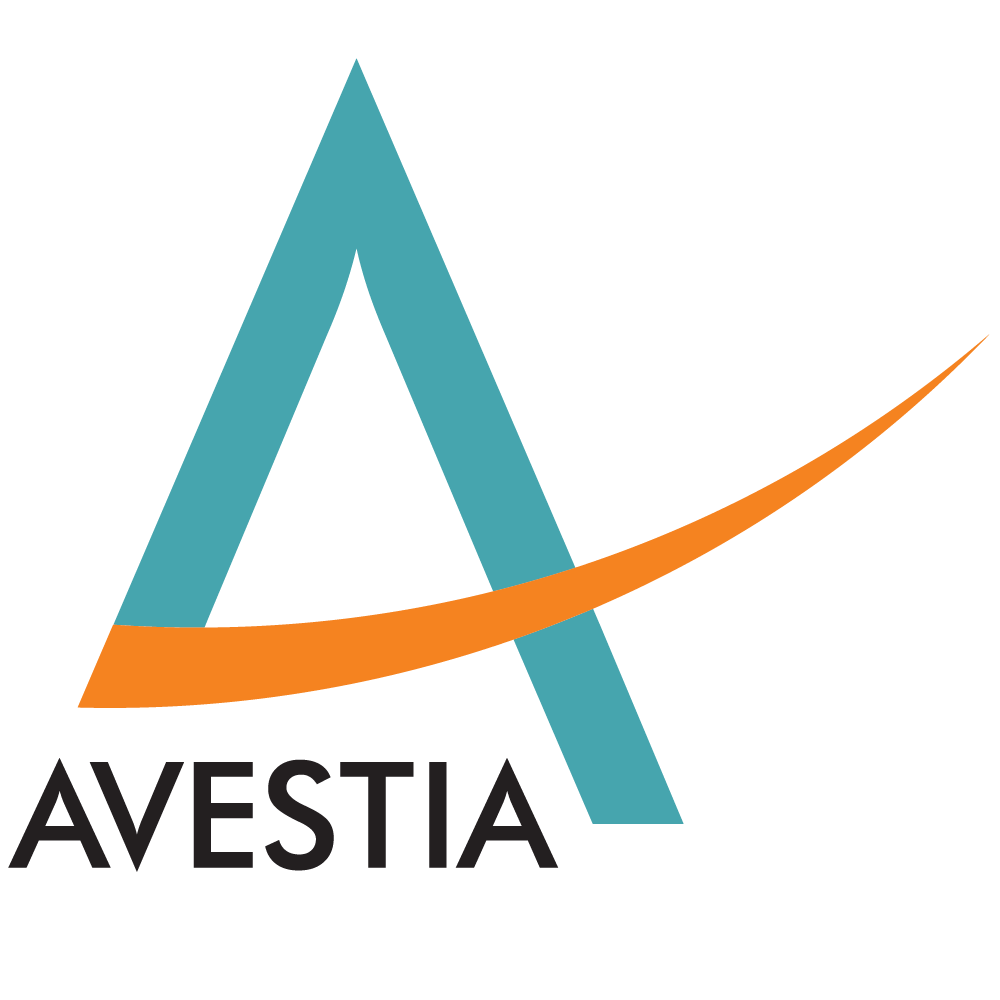Hugo Romero-Bonilla, Cristhian Vega-Quezada, Joseph Cruel, Jose Mamani-Quispe, María Farias-Gonsalez, Cristopher Choez-Tobo
Abstract: This study reviews recent advances in the use of biodegradable waste for bioenergy purposes and employs the concept of the circular economy to assess regional development strategies grounded in the bioeconomy within the border region of Ecuador and Peru. Stratified sampling by clusters, the estimation of CO2 equivalent emissions, gas chromatography as an instrumental analytical method for methane quantification, and the electrical conversion of biogas are the methodological tools applied in this work. Among the estimated results, it can be mentioned that, due to the emissions of unused MSW, the opportunity cost for non-mitigation of its CO2 emissions is estimated at 0.34 and 2.58 million dollars at the local and regional level respectively. From 1.5 ton with recirculation of the biodegradable solid waste leachate, a maximum methane bioconversion of 93.89% purity in the biogas was achieved in phase 2 and 70.73% in Phase 1 after 60 days and 50 days in Phase 2. With this bioenergy potential, significant monetary benefits can be achieved, as well as an approximate NPV between 453 and 3,426 million dollars by implementing this initiative at the local and regional level respectively.
Keywords: Circular economy, biogas, CO2 emissions, bioenergy, gas chromatography, biowaste.
Date Published: May 8, 2025 DOI: 10.11159/jffhmt.2025.017
View Article